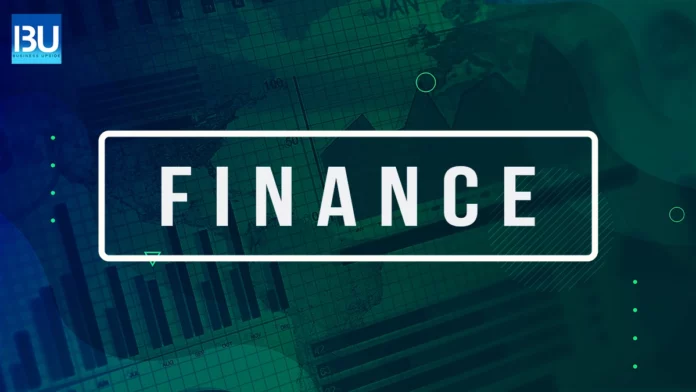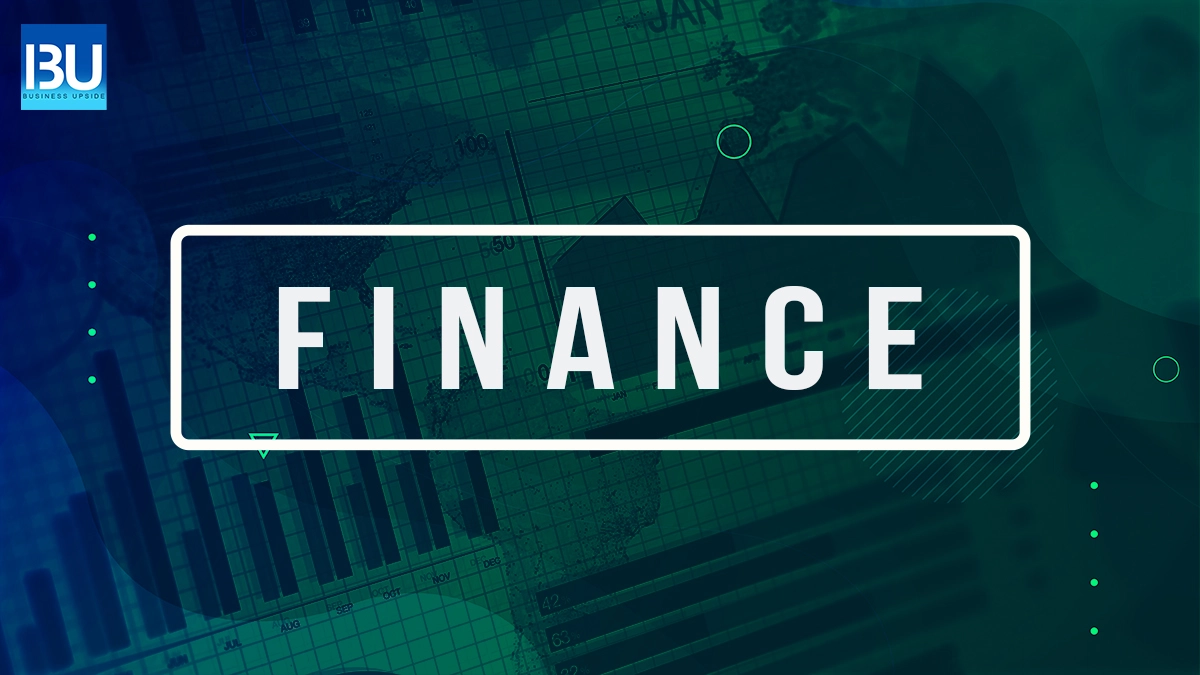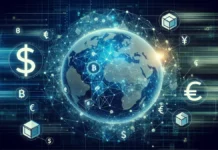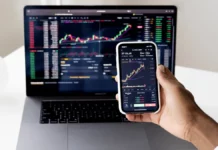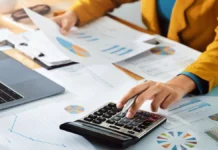What is Supply-Side Economics?
Supply-Side Economics according to the classical school of thought in Economics basically says that production is determined by the number of goods and services manufactured by the producers. It relies on the crucial assumption that whatever suppliers bring to the market will eventually be sold or bought. Therefore, the prices are essentially determined by the supply of goods and demand is constant, always there.
Supply Side Policies
A set of policies that advocate the Supply Side theories of Macroeconomics make up the Supply Side Policies. They are designed primarily to reduce costs in turn to improve efficiency and productivity as well as international competitiveness. This facilitates the growth of an economy without hindrance by keeping away inflation.
There are mainly two types of Supply-Side Policies:
- Free Market Supply-Side Policies: Through methods of privatization, deregulation, decreased income tax rates, and reduced power of trade unions- Free Market supply-side policies intend to facilitate competitiveness and efficiency in the free market.
- Interventionist Policies: In these types of policies, the Government intervenes in economic growth in order to do away with market failure. Governments spend more on transport, education, and communication.
Either way, Supply Side Policies prove efficient to lower inflation and unemployment rates in the market. They promote economic growth and bring balance to trade and payments.
Which was a fundamental element of Supply-Side Economics?
The fundamental determining factor of supply-side economics is definitely production or the supply of goods and services. It postulates methods such as tax cuts for the wealthy which would, in turn, increase savings and investment efficiency for them. This would then trickle down to the overall economy one by one once initiated from the top layer. The three main pillars on which Supply-Side Economics is standing include tax policies, regulatory policies, and monetary policies. In conclusion, Supply Side Economics suggests that producers and their willingness to create goods and services set the momentum for economic growth in any situation.
Effects of Supply-Side Economics:
In theory, supply-side policies should have the following effects on the economy:
-
- Decreased Inflation: One of the major examples of this, happens to be privatization. Now if as a result of privatization market efficiency sees a rise, it will lead to lower prices. Supply-side policies help decrease cost-push inflation.
- Reduced Unemployment: Policies on the supply side effectively help in the reduction of structural, frictional, and real wage unemployment thus helping in curbing if overall unemployment.
- Improved Economic Growth: The policies of the supply side bring upon a higher rate of economic growth without causing inflation.
- Improved Trade and Balance of Payments: Supply-side policies result in increased productiveness and competitiveness thus giving way to added chances of export, thus making the market growingly globalized.
Examples of Supply-Side Economics:
- Privatization: Privatization is the procedure of handing over of state-owned assets to the private sectors. According to theorists of supply-side economics, the private sector proves to more efficient when it comes to dealing with businesses because they have a profit motive.
- Deregulation: The process of reducing barriers in order to allow newer firms into the market is known as deregulation. Going through deregulation makes a market more competitive. This, in turn, reduces costs and provides better quality goods.
- Reduced Income Tax Rates: Reduced income tax rates are intended to attract more labor into the market thus making way for increased output. Simultaneously, a decrease in corporation tax allows individual firms to utilize that portion of the profit for future investments.
- Reduced Power of Trade Unions: Increased efficiency of individual firms provides with less time lost to strikes proposed by trade unions. This also makes way for decreased real wage unemployment.
- Removal of unnecessary red tape: Reduction of red tapes and strict bureaucracy help firms check costs thus encouraging investments in the future.
- Increased Immigration: These encourage liberal immigration laws which make the market more flexible thus bringing about an economic boom. This assists in reducing wage inflation as well as increase production capacity.
Disadvantages of Supply-Side Policies:
- Largely dependent on private enterprises and technological advancements: However, it is to be noted that even the largest of expansions have their limitations making it a similar case when it comes to these policies.
- Tend to be counter-productive: Even though flexible labor markets reduce costs for business, they might lead to job insecurity. This makes the labor force feel demotivated, causing stagnation in labor productivity.
- In a recession: Policies on the supply side lack efficiency when it comes to dealing with aggregate demand.
- Time: This is one of the major drawbacks of policies in supply-side economics. The prolonged duration it takes to come into full effect is a disadvantage. Some of them may even take as long as 20-30 years to have a significant effect on the economy.
